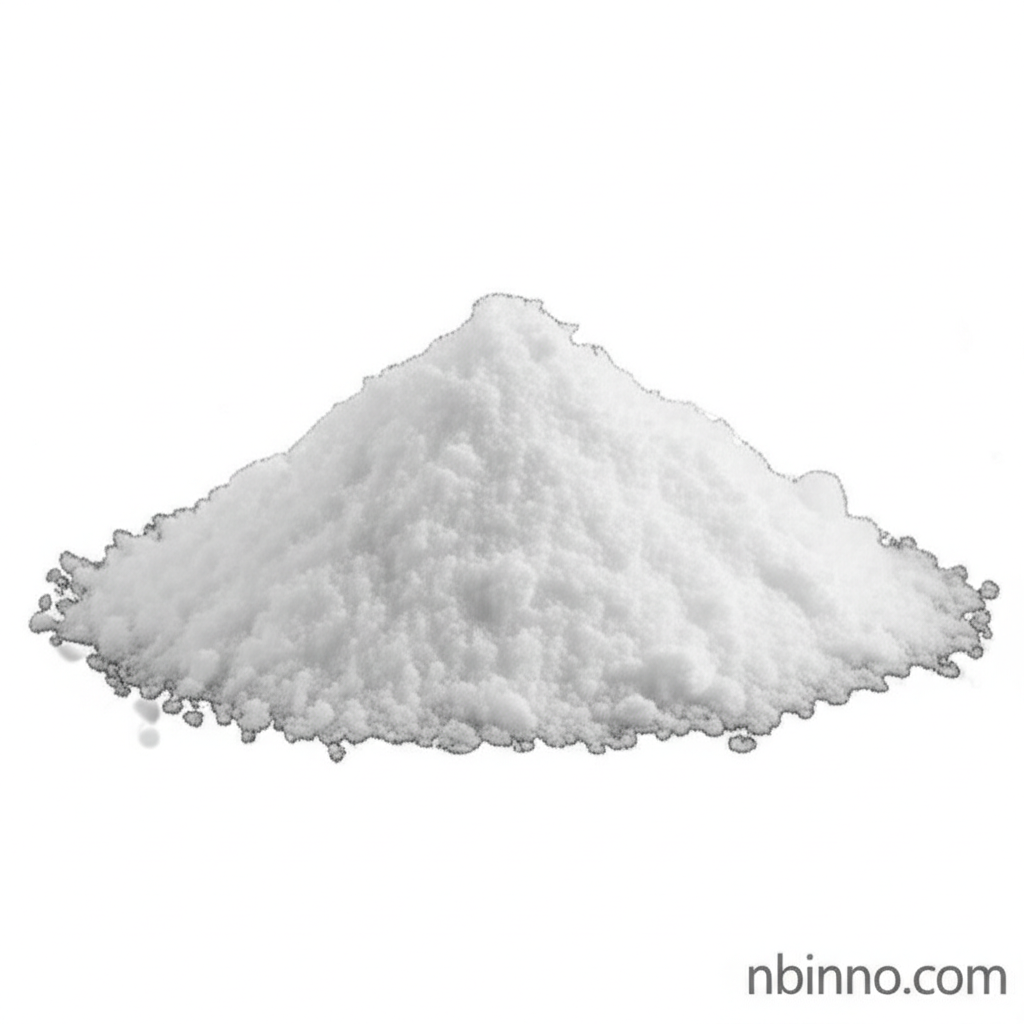2-Methyl-4-(trifluoromethoxy)aniline: A Crucial Intermediate
Discover the essential role of this fluorinated compound in advancing pharmaceutical and agrochemical innovations.
Get a Quote & SampleProduct Core Value

2-Methyl-4-(trifluoromethoxy)aniline
This compound is a critical building block in the synthesis of advanced chemicals. Its unique structure, featuring a trifluoromethoxy group, makes it highly sought after in developing new pharmaceuticals and agrochemicals. Understanding its properties is key for leveraging its potential in complex organic synthesis.
- Leverage 2-Methyl-4-(trifluoromethoxy)aniline CAS 86256-59-9 for your complex organic synthesis projects. This compound's specific chemical structure enhances reaction pathways.
- Explore the use of this pharmaceutical intermediate fluorine in drug discovery. Its incorporation can lead to novel therapeutic agents with improved properties.
- Utilize this agrochemical synthesis building block to create effective crop protection solutions. The trifluoromethoxy group often imparts desirable characteristics to agricultural chemicals.
- Investigate 2-methyl-4-(trifluoromethoxy)aniline derivatives for advanced material science applications. Its versatile nature opens doors to innovative material development.
Advantages of Using This Intermediate
Enhanced Reactivity
The trifluoromethoxy group on this chemical intermediate fluorine significantly influences electron distribution, leading to unique reactivity patterns beneficial for targeted synthesis.
Versatile Applications
As a vital agrochemical synthesis building block, it enables the creation of new active ingredients, contributing to more efficient and sustainable agricultural practices.
Market Growth Potential
The increasing demand for specialized fluorinated compounds like 2-methyl-4-(trifluoromethoxy)aniline derivatives supports its role in driving innovation across industries.
Key Applications
Pharmaceutical Synthesis
This compound serves as a fundamental pharmaceutical intermediate fluorine, crucial for developing new APIs and drug candidates, aiding in complex synthetic pathways.
Agrochemical Development
Its utility as an agrochemical synthesis building block allows for the creation of next-generation pesticides and herbicides with improved efficacy and environmental profiles.
Specialty Chemical Production
The compound's distinct chemical properties make it valuable in the creation of specialty chemicals, contributing to advancements in material science and performance chemicals.
Organic Synthesis Research
Researchers rely on 2-methyl-4-(trifluoromethoxy)aniline derivatives to explore novel chemical reactions and develop efficient synthesis strategies for complex molecules.
